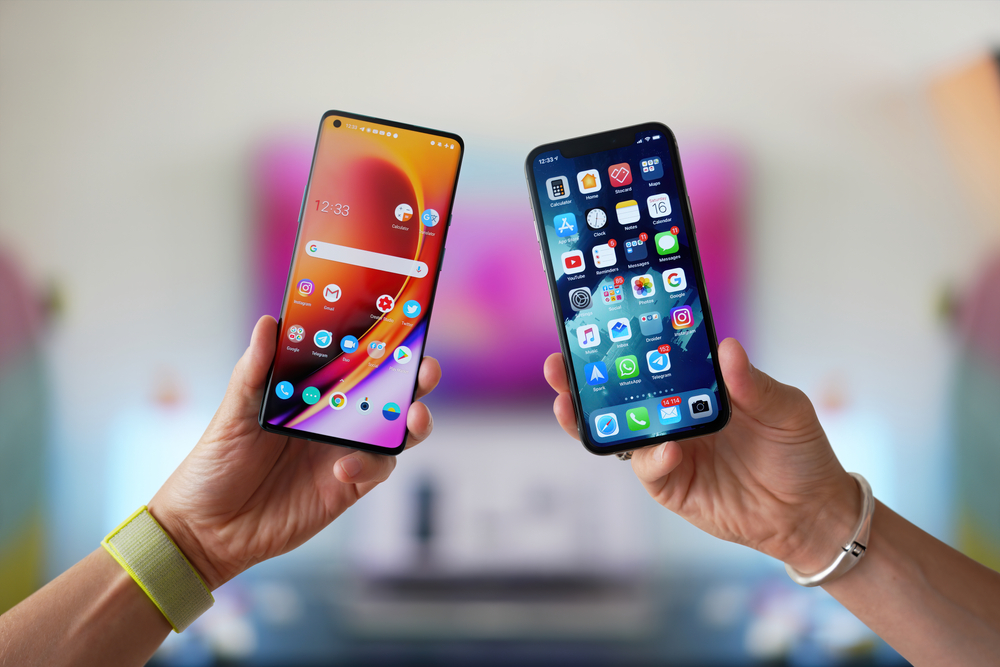We have recently discovered very simple but unique kms activator for free Microsoft Office activation proccess. Enjoy ability to activate probably all versions of Microsoft Office absolutely free of charge.
Native - React - Flutter - Hybrid
There are three basic types of mobile apps if we categorize them by the technology used to code them:
⦁ Native apps are created for one specific platform or operating system.
⦁ Web apps are responsive versions of websites that can work on any mobile device or OS because they’re delivered using a mobile browser.
⦁ Hybrid apps are combinations of both native and web apps, but wrapped within a native app, giving it the ability to have its own icon or be downloaded from an app store.

Native apps are built specifically for a mobile device’s operating system (OS). Thus, you can have native Android mobile apps or native iOS apps, not to mention all the other platforms and devices. Because they’re built for just one platform, you cannot mix and match – say, use a Blackberry app on an Android phone or use an iOS app on a Windows phone.
Technology Used: Native apps are coded using a variety of programming languages. Some examples include: Java, Kotlin, Python, Swift, Objective-C, C++, and React.
Pros: Because of their singular focus, native apps have the advantage of being faster and more reliable in terms of performance. They’re generally more efficient with the device’s resources than other types of mobile apps. Native apps utilize the native device UI, giving users a more optimized customer experience.
And because native apps connect with the device’s hardware directly, they have access to a broad choice of device features like Bluetooth, phonebook contacts, camera roll, NFC, and more.
Cons: However, the problem with native apps lies in the fact that if you start developing them, you have to duplicate efforts for each of the different platforms. The code you create for one platform cannot be reused on another. This drives up costs. Not to mention the effort needed to maintain and update the codebase for each version.
And then, every time there’s an update to the app, the user has to download the new file and reinstall it. This also means that native apps do take up precious space in the device’s storage.
Web apps behave similarly to native apps but are accessed via a web browser on your mobile device. They’re not standalone apps in the sense of having to download and install code into your device. They’re actually responsive websites that adapt its user interface to the device the user is on. In fact, when you come across the option to “install” a web app, it often simply bookmarks the website URL on your device.
One kind of web app is the progressive web app (PWA), which is basically a native app running inside a browser.
Technology Used: Web apps are designed using HTML5, CSS, JavaScript, Ruby, and similar programming languages used for web work.
Pros: Because it’s web-based, there is no need to customize to a platform or OS. This cuts down on development costs.
Plus, there’s nothing to download. They won’t take up space on your device memory like a native app, making maintenance easier – just push the update live over the web. Users don’t need to download the update at the app store.
Cons: But this is also pertinent: web apps are entirely dependent on the browser used on the device. There will be functionalities available within one browser and not available on another, possibly giving users varying experiences.
And because they’re shells for websites, they won’t completely work offline. Even if they have an offline mode, the device will still need an internet connection to back up the data on your device, offer up any new data, or refresh what’s on screen.
And then there are the hybrid apps. These are web apps that look and feel like native apps. They might have a home screen app icon, responsive design, fast performance, even be able to function offline, but they’re really web apps made to look native.
Technology Used: Hybrid apps use a mixture of web technologies and native APIs. They’re developed using: Ionic, Objective C, Swift, HTML5, and others.
Pros: Building a hybrid app is much quicker and more economical than a native app. As such, a hybrid app can be the minimum viable product – a way to prove the viability of building a native app. They also load rapidly, are ideal for usage in countries with slower internet connections, and give users a consistent user experience. Finally, because they use a single code base, there is much less code to maintain.
Cons: Hybrid apps might lack in power and speed, which are hallmarks of native apps.
Flutter. Since there is no need for interactive bridges between native components in Flutter the framework enables developers to create the best UI in comparison with what the other hybrid app frameworks can offer.
The final decision of what to choose from the given comparison React Native vs Ionic vs Flutter seems to be multifaceted:
⦁ Choose React Native if you prioritize time-tested solutions supported by a large community of JavaScript professionals;
⦁ Opt for Flutter if the highest performance ever is crucial for your project while Dart is no intimidating factor at the same time;
⦁ Ionic should be your choice if the shortest deployment timeframe makes you ignore some insignificant constraints of the hybrid-web approach to cross-platform development.
Irrespective of which particular framework you like the most, a reliable partner equally familiar with all cross-platform technologies is what you need in any case. Contact us today to finalize your selection between the app frameworks to make your project succeed.
© Copyright 2024 | Online Dimensions